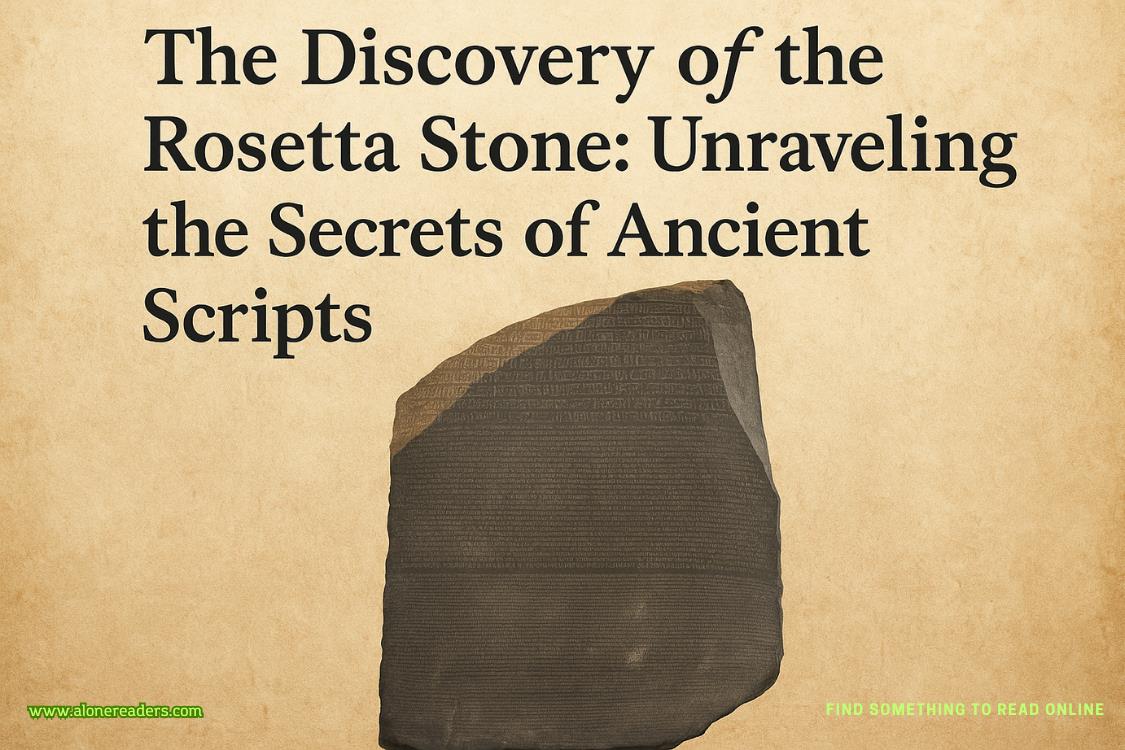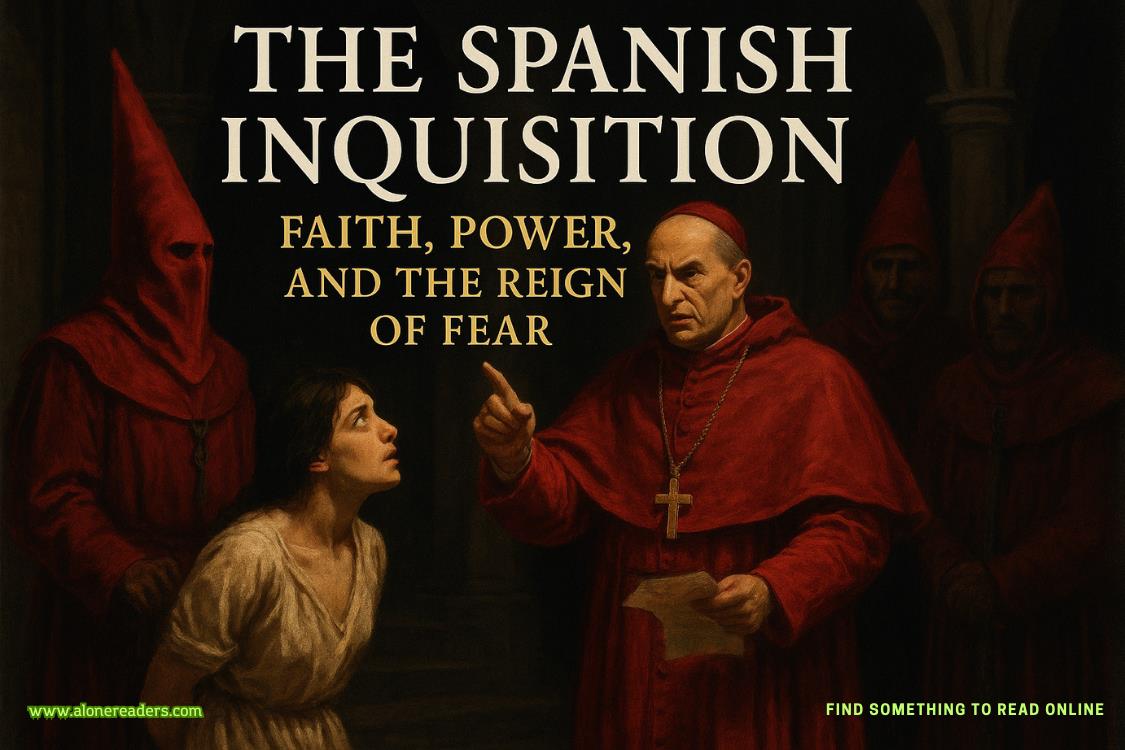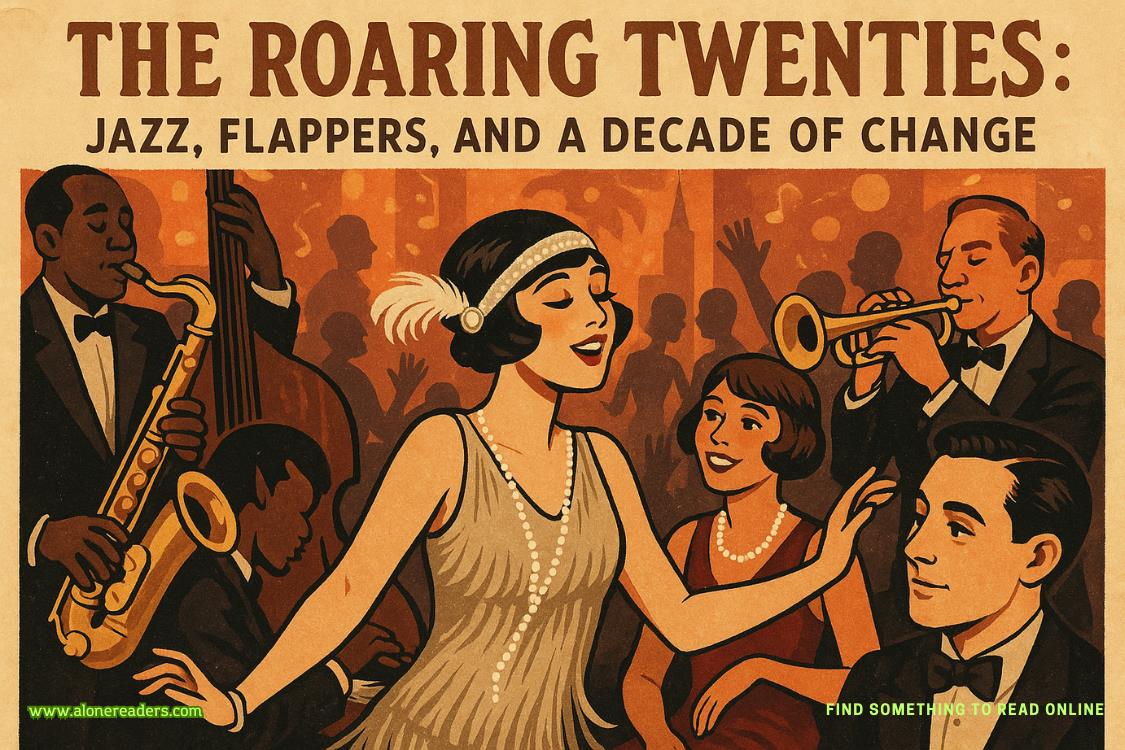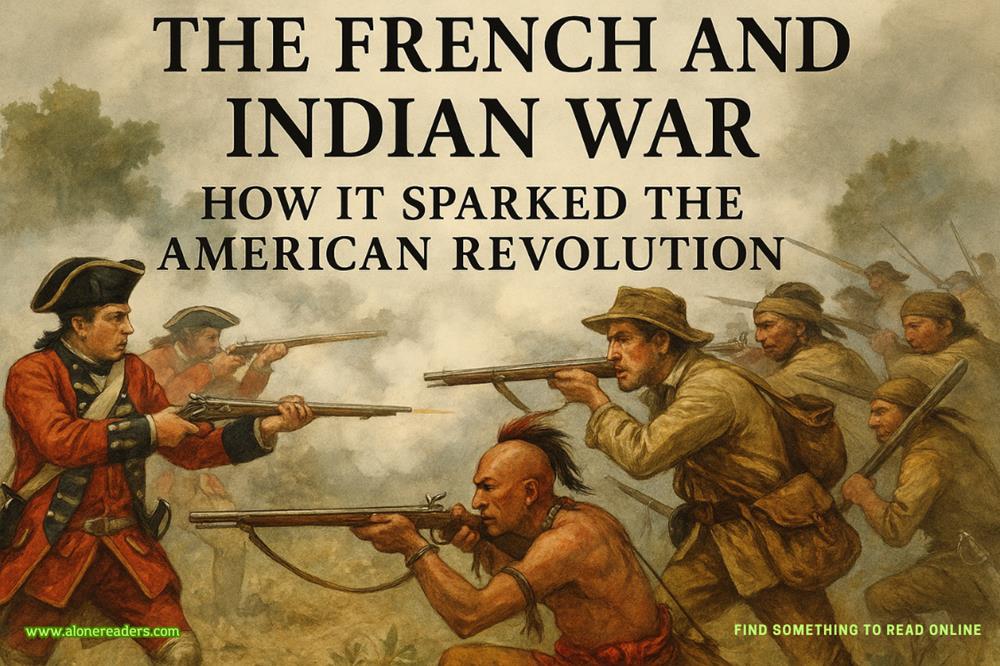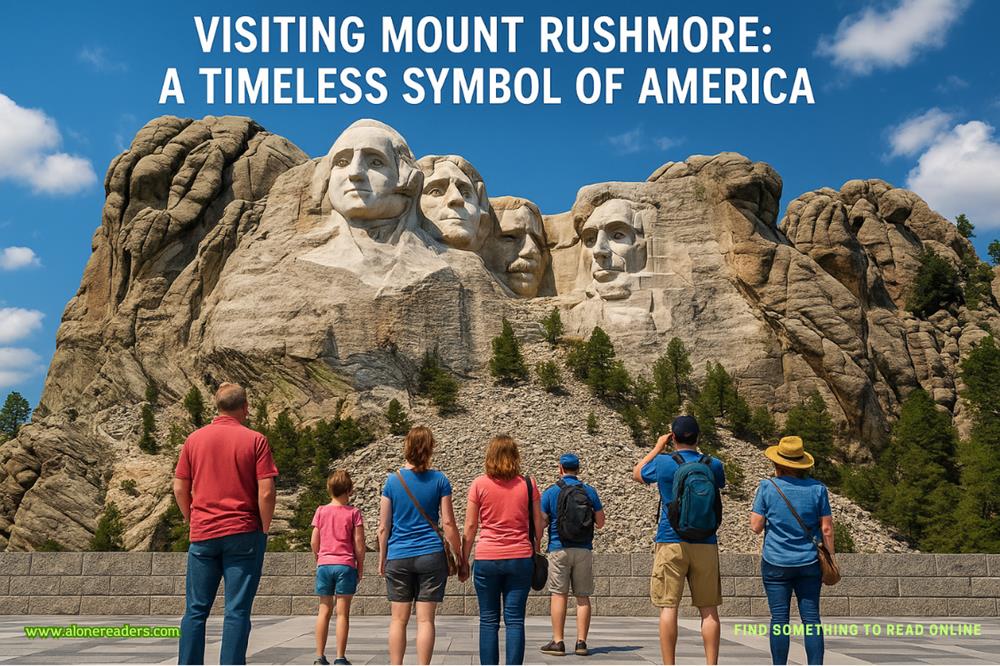Page 78 of The Bones in the Yard
So I was looking for an adult male warlock, probably. I was going to go out on a limb and assume that they were probably also white—not because people of color can’t be murderers or warlocks, because they totally can—but because the old-blood Virginians who were big enough assholes to become members of the Ordo had thus far all been white.
I should know—I’d arrested most of them.
It looked like I’d missed a few. It was time to remedy that.
* * *
Back at Beyond the Veil,I took what Mays had given me to Doc, since he had been trying to dig up background on Bazan’s family.
He looked up at me over the top of his glasses—tiny little wire frame things that were totally incongruous on his enormous olive green features, yet somehow weirdly worked for him. “White male, six-ish feet, 200-ish pounds. That’s not really what I would call ‘helpful,’ Hart.”
“A few of those in your blood-magic warlock list?”
Doc grunted. “Just a couple,” he replied sarcastically. “But that’s not the problem.”
“That’s not a problem?”
“It’saproblem. It is not the current problem.”
“So what’s the current problem?” I asked.
“This.” Doc turned his screen around to show me.
I leaned over, putting my hands on his desk to take a closer look. What Doc was showing me was… completely confusing, at least to me.
He had a spreadsheet that held the names and a set of dates for what looked like our museum victims—I recognized the names of Rosemary Carlisle, Theodore Newton, and Mariah Stebbens, and there were the right number of victims. There was also a column just markedDogthat had years with question marks.
“You’re going to have to explain the problem part,” I told him.
“The dates don’t make sense,” Doc replied.
“Is that why they have question marks?”
“No. That’s because I don’t have exact dates of death for the dogs. Ward got death dates from the victims, but dogs don’t have ghosts. Or, if they do, Ward can’t talk to them.”
I thought quickly. “Raj’s dead dog—”
“I didn’t put it in here because we don’t know that it’s connected. That body wasn’t skeletonized.”
“Fuck.” He was right, of course. The body they’d found had been in rough shape, but, unlike all of the dog skeletons we’d found at the museum, it had been… whole. Ish. According to Raj, the river hadn’t done it any favors, and they weren’t sure how much damage had been perimortem, how much postmortem, and how much they had to ascribe to the river and its denizens.
Doc blew out a breath. “It is… a bit too coincidental for my tastes, however.”
“People kill dogs,” I pointed out. “And sometimes dogs just die.”
“Both true facts,” Doc agreed. “But there’s entirely too many dogs involved here.” I had to agree. “All our shifters have also been canids,” Doc explained, although completely unnecessarily, because I was more than painfully aware of that fact.
I frowned. “Doc, when did the museum buy that house? Specifically?”
He turned the screen back around, brow furrowed as he clicked at something. “A year ago July 17.”
“Two weeks after Rosemary Carlisle was killed in its basement.”
Doc huffed. “Yes, apparently.”
“So—How likely would it be, magically speaking, that a cult would change its ritual practices when they lost the site they’d been using?”
He looked over at me, his black-and-gold eyes sharp. “Generally, rituals aren’t tied to place,butI could imagine that if they decided to change their ritual or to shift their practices in general, they might decide to get rid of an old, possibly-corrupted ritual space.”
